Goden Pothos burn spots?
Jordan Johnson
5 years ago
last modified: 5 years ago
Featured Answer
Comments (9)
Related Discussions
Soil pests question and my new Pothos
Comments (23)Ha - nope I restrained myself! First time in weeks...hehe... I ordered back in the fall from a lady in California that has a greenhouse and sells lots of succulents. The soil is actually pretty good, has a good amount of perlite in it and some bark. I can tell the plants are getting pretty root bound now but want to wait until spring to repot, mostly because I have to do it in the garage and don't want them to freeze. These little guys are in 2" plastic pots, all rooted cuttings. I have two other Crassulas other than my gollum Jade. One is a string of buttons. When I got it it was flowering but then it stopped because of whatever reason. I have it in a Southern window and it loves it. It never wilts and grows at a decent rate so I think watering it every week or two is working for it. The other one is a Crassula marchandii, not a popular Crassula at all and only one other member in the C&S group has one, though Norma knew what it was and said it is a hybrid. It's pretty finicky. I actually started a thread on it if you are interested, I'll post the link. The cutting I got from her had bloomed because I could see where the flower stem was and it was removed. Now it is splitting into two "branches" there which is exciting! So I think I'll keep that one around as pathetic looking as it is. It's one of mine that really likes the water. From her I also have a Sempervivum and two dumb Hens and Chicks (I don't like them, and they do not like me either, they started to stretch out and are fine now in a southern window but they look ridiculous with a neck and compacted head on top - I want to get rid of them but feel like I'm doing something really bad by tossing a living thing out). I ordered a "surprise" mix and didn't have a say in what I got, I just told her to keep in mind that I live in Illinois and they'll be inside lol. The Haworthia too of course that I mentioned. Two Aloes (I think one is a marlothii seedling, the one in the pure oil-dry and the other is a variegata which needs a lot more water than the marlothii right now, its leaves started to fold on me). One thing that's weird with my Aloe variegata is I swear it eats the dirt. The dirt keeps disappearing. When I bought it from HD it was healthy but a lot of dirt was missing. It was pretty much only any dirt that was stuck to the roots. Brought it home, threw in C&S potting soil laying around to hold it over until spring, and it ate it up again. It's bizarre and I don't know what the heck is happening to the dirt, but about 1/3 to 1/2 of it disappears. It clearly has a brain and knows it wouldn't do well in it! So I am obliging to its wishes and will not add anymore dirt for now. It's a really slow grower, both Aloes are. Hopefully they step it up a bit now that spring is coming - we have bulbs starting to poke through the soil already. I also have a Hoya compacta and a Sansevieria. Hoya is a rooted cutting so that won't do anything for years lol - the Sansevieria just sits there I swear it doesn't grow. I think that covers it. I really want a Gasteria next. Someone in the C&S forum had a pot full of Gasteria offsets and it looked really cool, and I guess they do great as houseplants. Here is a link that might be useful: Crassula marchandii thread...See MoreDark Spots On Pothos' Leaves...What's Wrong? Please Help!
Comments (67)Re houseplants: most spoiled foliage is caused by physiological issues, over/under-watering, oedema, nutritional toxicities/ deficiencies, light levels, ...... with subsequent populations of fungi acting as opportunists as opposed to acting as causal agents. In this thread, oedema, a physiological disorder, is the main actor. Dead animals don't cause vultures, but they do provide a reason for vultures to congregate. IOW, lesions caused by physiological disorder often provide the consistently moist conditions for a period lasting long enough to ensure incubation and germination of fungal spores. This isn't to say that fungal conditions do not commonly appear in plants as pioneer pathogens, only that evidence of physiological disorder is far more common than direct evidence of pioneer populations of fungi. Plant pathologists often describe the disease process using a 4-sided figure called the disease tetrahedron (think “pyramid – 3 sides + the bottom/ base”). Each side of the tetrahedron represents an essential part of the infection process. There must simultaneously be a virulent pathogen (capable of infecting the plant) that is genetically capable of recognizing its host. Either the environment must be conducive to the development of the pathogen, or the pathogen must be able to stress/weaken the plant. The 4th requirement is the time required for diseases to develop and spread. Whenever conditions are such that any one (or more) of the 4 requirements is missing from the equation, there is no immediate threat. Since the best medicines are prophylactic, the grower who makes sure plants are healthy and not stressed is ahead of the game. Biotic diseases are better able to overcome the natural defenses of plants weakened by stress that occurs when the plant is forced to deal with cultural conditions near, at, or beyond the limits the plant is genetically programmed to deal with. Al...See MoreDiscolored & spotty philo/pothos leaves
Comments (18)well I think it's some kind of bug.... I'm not sure if that's 100% the cause, as the leaves are unfurling already thin and brittle but I found some teeeeeeny white bugs on the leaves tonight. I also found some green bugs on my maiden hair fern, which is in another room! how do I kill these suckers?!...See MoreHelp for yellowing Pothos!
Comments (5)FYI - some nutrients (N, P, K, Mg, et al) can move about inside the plant. Others are considered immobile or nearly so. The immobile nutrients, like Ca, must be available in the soil and in the nutrient stream at all times for normal growth. When there is a deficiency of any mobile nutrient, the plant will rob the nutrient in short supply from other plant parts to provide what's needed for new growth. Normally, the plant robs these nutrients from older foliage, or foliage closer to the stem/trunk in plants with branching structures. After the nutrients are extracted from the sacrifice leaves, they are shed. We don't know if it's light or fertility that's causing your plant's leaf loss, but there is no doubt that 2 years w/o fertilizer virtually insures more than one issue related to nutrition is in play. I'd say a good plan would include A) trying to fix the low light issue, B) get started on a fertilizer regimen that makes use of a high quality soluble synthetic fertilizer (like Foliage-Pro 9-3-6), C) get your watering under control by using a 'tell' to 'tell' you when it's time to water. If the pot the plant is in was plastic, you could easily tell when it needs water by hefting it to test its weight, but that doesn't work as well for clay pots - which ARE the best (conventional) choice, IMO. Using a 'tell' Over-watering saps vitality and is one of the most common plant assassins, so learning to avoid it is worth the small effort. Plants make and store their own energy source – photosynthate - (sugar/glucose). Functioning roots need energy to drive their metabolic processes, and in order to get it, they use oxygen to burn (oxidize) their food. From this, we can see that terrestrial plants need air (oxygen) in the soil to drive root function. Many off-the-shelf soils hold too much water and not enough air to support good root health, which is a prerequisite to a healthy plant. Watering in small sips leads to a build-up of dissolved solids (salts) in the soil, which limits a plant's ability to absorb water – so watering in sips simply moves us to the other horn of a dilemma. It creates another problem that requires resolution. Better, would be to simply adopt a soil that drains well enough to allow watering to beyond the saturation point, so we're flushing the soil of accumulating dissolved solids whenever we water; this, w/o the plant being forced to pay a tax in the form of reduced vitality, due to prolong periods of soil saturation. Sometimes, though, that's not a course we can immediately steer, which makes controlling how often we water a very important factor. In many cases, we can judge whether or not a planting needs watering by hefting the pot. This is especially true if the pot is made from light material, like plastic, but doesn't work (as) well when the pot is made from heavier material, like clay, or when the size/weight of the pot precludes grabbing it with one hand to judge its weight and gauge the need for water. Fingers stuck an inch or two into the soil work ok for shallow pots, but not for deep pots. Deep pots might have 3 or more inches of soil that feels totally dry, while the lower several inches of the soil is 100% saturated. Obviously, the lack of oxygen in the root zone situation can wreak havoc with root health and cause the loss of a very notable measure of your plant's potential. Inexpensive watering meters don't even measure moisture levels, they measure electrical conductivity. Clean the tip and insert it into a cup of distilled water and witness the fact it reads 'DRY'. One of the most reliable methods of checking a planting's need for water is using a 'tell'. You can use a bamboo skewer in a pinch, but a wooden dowel rod of about 5/16” (75-85mm) would work better. They usually come 48” (120cm) long and can usually be cut in half and serve as a pair. Sharpen all 4 ends in a pencil sharpener and slightly blunt the tip so it's about the diameter of the head on a straight pin. Push the wooden tell deep into the soil. Don't worry, it won't harm the root system. If the plant is quite root-bound, you might need to try several places until you find one where you can push it all the way to the pot's bottom. Leave it a few seconds, then withdraw it and inspect the tip for moisture. For most plantings, withhold water until the tell comes out dry or nearly so. If you see signs of wilting, adjust the interval between waterings so drought stress isn't a recurring issue. You might find this to be helpful. Al...See MoreJordan Johnson
5 years agotropicbreezent
5 years agoJordan Johnson
5 years agoJordan Johnson
5 years agotropicbreezent
5 years agotapla (mid-Michigan, USDA z5b-6a)
5 years agolast modified: 5 years agoSidney Faber
3 years ago
Related Stories
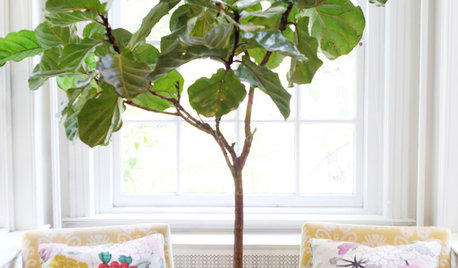
HOUSEPLANTS7 Favorite Houseplants That Love an East-Facing Window
Morning light lets houseplants make the most of the sun’s rays without getting burned
Full Story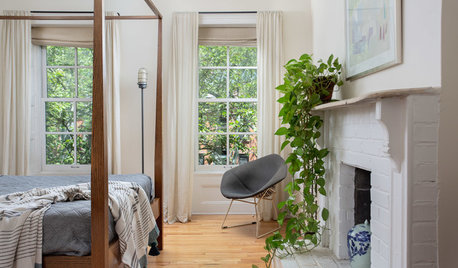
HOUSEPLANTSHigh-Impact Houseplants for First-Timers
These easygoing houseplants will forgive and forget if you skip a weekly watering
Full Story
HOUSEPLANTS8 Essentials for Healthy Indoor Plants
Houseplants add so much to our homes — and can thrive when grown in the right conditions. Keep these tips in mind
Full Story
HOUSEPLANTS10 Top Plants to Grow Indoors
Brighten a room and clean the air with a houseplant that cascades artfully, stretches toward the ceiling or looks great on a wall
Full Story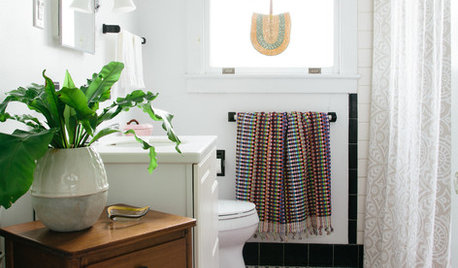
CONTAINER GARDENSFreshen Up the Bath With Lush and Healthy Plants
Learn how to choose and care for plants that will do well in your space
Full Story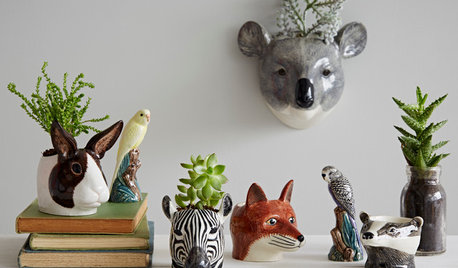
HOUSEPLANTS12 Potted Plants That Make Long-Lasting Holiday Gifts
A miniature conifer, blooming amaryllis or desktop succulent could be the perfect gift for someone on your list
Full Story
HOUSEPLANTSThese Houseplants Love North-Facing Windows
Here are indoor plants that are happiest when they don’t get too much sunlight
Full Story
HOUSEPLANTSMeet a Palm That's Fine With Fluorescent Light
Get the look of the tropics without the full-on sun and high humidity — parlor palm tolerates regular indoor conditions with aplomb
Full Story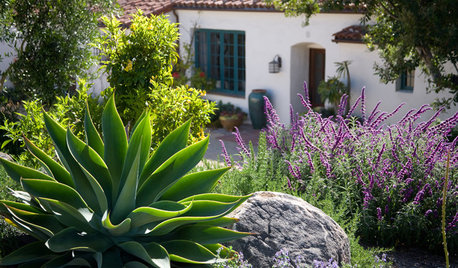
GARDENING GUIDESCommon Myths That May Be Hurting Your Garden
Discover the truth about fertilizer, soil, staking and more to keep your plants healthy and happy
Full Story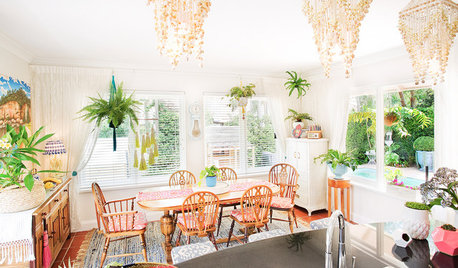
HOUSEPLANTSThe Secret to Keeping Your Houseplants Happy and Healthy
Are you giving your plants the type of light they need? Find out which plants do best in different conditions
Full Story


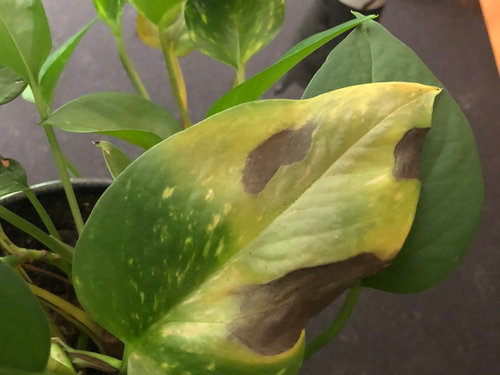
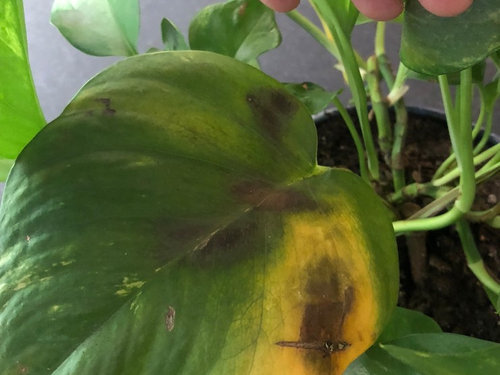
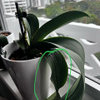

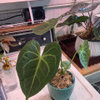
tropicbreezent